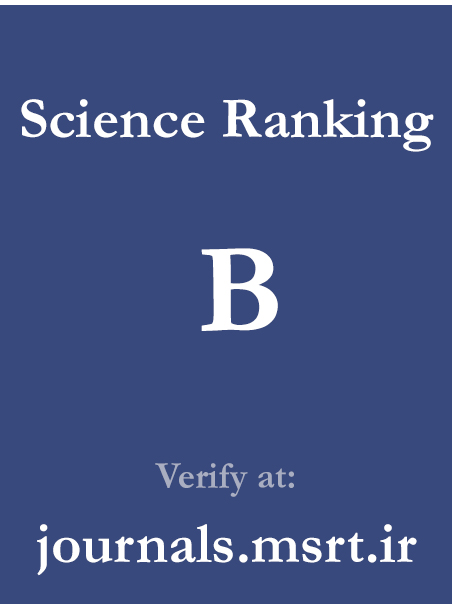Modeling Health Anxiety Based on Unhealthy Eating Behaviors, Health-Promoting Lifestyle, and Alexithymia with the Mediating Role of Body Image in Individuals with Binge Eating Disorder
Keywords:
Health anxiety, binge eating disorder, alexithymia, body image, health-promoting lifestyle, eating behaviorsAbstract
Purpose: The aim of this study was to model health anxiety based on unhealthy eating behaviors, health-promoting lifestyle, and alexithymia, with the mediating role of body image in individuals diagnosed with binge eating disorder.
Methods and Materials: This research employed a descriptive-correlational design using structural equation modeling (SEM). The statistical population included members of the Overeaters Anonymous community in Isfahan in 2024, from which a sample of 400 participants was selected through available random sampling. Data collection tools included the Health Anxiety Inventory, Eating Attitudes Test (EAT-20), Health-Promoting Lifestyle Profile, Toronto Alexithymia Scale (TAS-20), and Body Image Scale. Data were analyzed using SPSS-26 and AMOS-21 software. Assumptions for multivariate analysis were checked and confirmed, and model fit indices were used to evaluate the proposed structural model.
Findings: The results showed that unhealthy eating behaviors (β = 0.23, p < 0.001), health-promoting lifestyle (β = -0.18, p = 0.002), and alexithymia (β = 0.29, p < 0.001) had significant direct effects on health anxiety. Additionally, all three predictors showed significant indirect effects through body image (DEB: β = 0.14; HPL: β = -0.12; AI: β = 0.17; all p < 0.01). Body image was confirmed as a mediating variable, and the total effects of DEB, HPL, and AI on health anxiety were 0.37, -0.30, and 0.46 respectively. The model demonstrated a good fit based on RMSEA, CFI, and other indices.
Conclusion: The findings highlight the importance of emotional processing, behavioral regulation, and body image in predicting health anxiety among individuals with binge eating disorder. Clinical interventions should address alexithymia, promote healthy lifestyles, and improve body image to effectively reduce health-related anxiety symptoms in this population.
Downloads
Downloads
Published
Submitted
Revised
Accepted
Issue
Section
License
Copyright (c) 2025 Sedighah Zamani (Author); Sheida Jabalameli (Corresponding author); Ahmad Ghazanfari , Fariba Arjmandi (Author)

This work is licensed under a Creative Commons Attribution-NonCommercial 4.0 International License.

